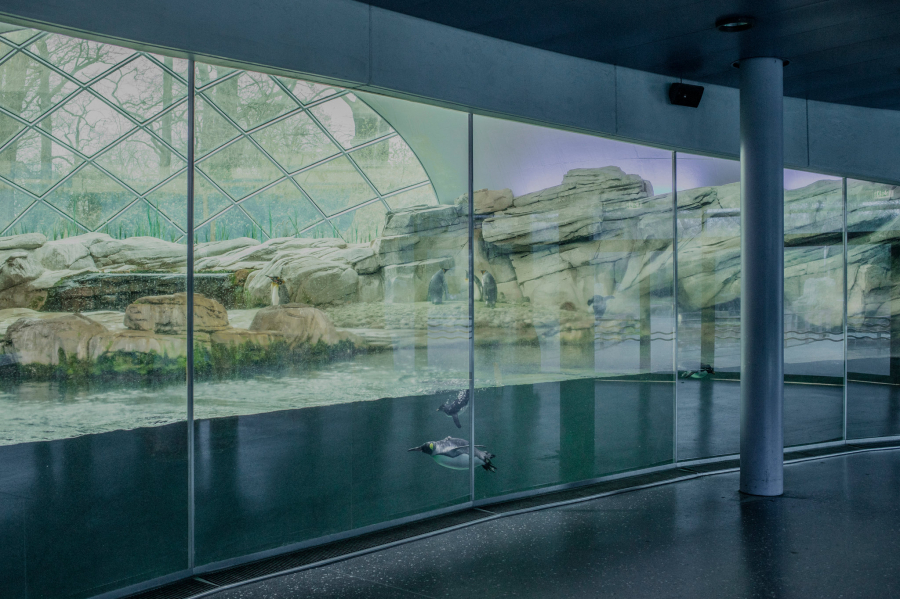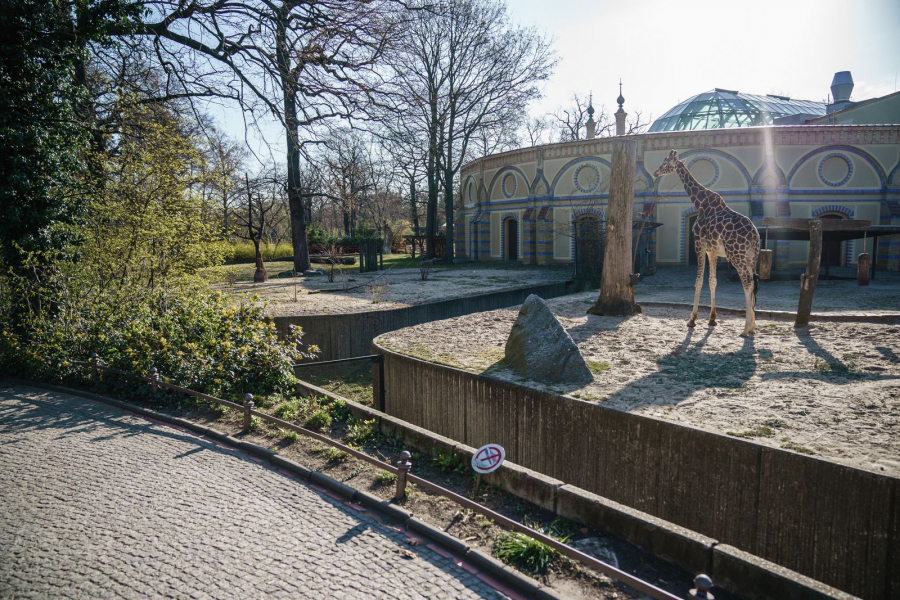The Neumünster Zoo, home to more than 700 animals of more than 100 species, has drawn up an emergency plan outlining in order which animals will be “blacklisted” to cut costs, zoo director Verena Muffari said.

Although it is unclear which animals will be killed first, the polar bear named Vitus - who stands more than 3m tall - will be the last to go.
“This is really the worst-case scenario. If I run out of money to buy food, or if food suppliers are restricted due to the pandemic, I will be forced to kill some animals to feed others,” said Ms. Muffari, adding that she would rather euthanize some animals than let them starve.

Hundreds of zoos in Germany have had to close due to the Covid-19 pandemic, and are in financial distress.
Since the nationwide lockdown was imposed on March 15, the Neumünster Zoo has not made any profit from visitors and is currently operating through donations. Although the German government has begun rolling out an economic rescue package worth up to €750 billion, including measures to boost lending to businesses and support workers who have lost their jobs for long periods, it is unclear whether zoos will be eligible for subsidies.
"We are an association and we have not received any city money and all the subsidies we applied for have not arrived yet," Ms. Muffari said. The Association of Zoological Gardens (VdZ), a Berlin-based zoo association with members in Germany, Switzerland, Austria and Spain, has asked Chancellor Angela Merkel for 100 million euros in emergency aid. VdZ represents 56 zoos in Germany, including Neumünster Zoo.
Many of the animals in its member zoos are endangered species and are part of international conservation breeding programs, the association said in a letter to the German government. It also noted that unlike other facilities, zoos cannot close or limit operations to cut costs because the animals still need to be fed and cared for.

Some zoos have opened virtual reality tours to serve visitors.
Neumünster isn’t the only zoo to have come up with such a shocking plan. In 2015, a zoo in Odense, Denmark, killed a nine-month-old lioness after failing to find another home for her. The zoo even publicly dismembered the animal in front of an audience – including children. Another zoo in Copenhagen, also in Denmark, caused outrage when it killed a two-year-old giraffe named Marius – to reduce the risk of inbreeding – then dismembered the body and fed it to lions.


































